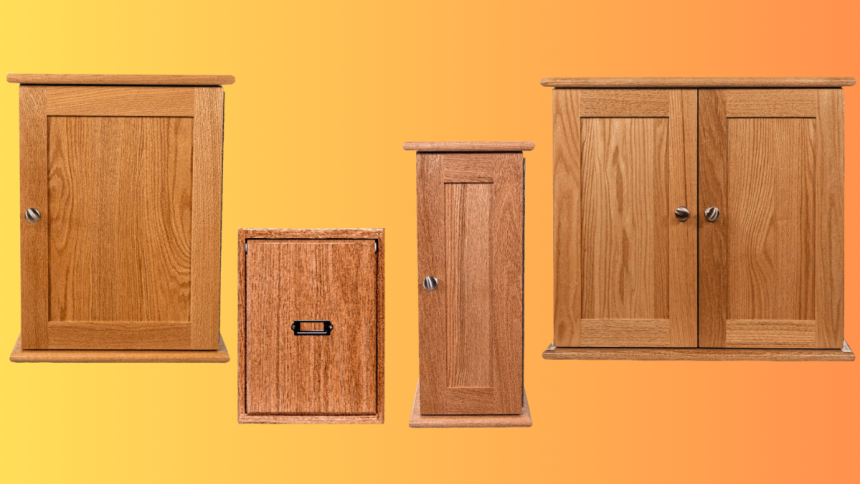Ever walked into a lab and seen trays of unlabeled slides left open on a bench? It’s like watching someone leave their passport in a puddle—equal parts anxiety-inducing and baffling.
Microscope slides might be tiny, but they’re not trivial. They represent hours of fieldwork, months of trials, sometimes years of research funding. So why do some labs treat storage like an afterthought?
Here’s the truth: If your microscope slide storage cabinet isn’t secure, organized, and protective, it’s not just a cabinet—it’s a liability.
Let’s fix that.
Security First: Because Not Every Slide Should Be Accessible to Everyone
Some samples are sensitive. Some are valuable. Some are biohazards that shouldn’t be handled outside of controlled protocols.
That’s why a proper microscope slide storage cabinet should come with built-in security measures—starting with locks. Yes, actual locks.
Whether it’s keyed or combination-based, a secure lock prevents:
- Accidental exposure to biohazardous or infectious materials.
- Unauthorized access to protected health information.
- That one intern who thinks “borrowing” slides for personal experiments is no big deal.
Locking mechanisms help enforce lab access hierarchies. They also keep regulatory bodies happy. OSHA, CLIA, and even your facility’s internal compliance officer all favor locked storage for sensitive biological samples.
Labeling: More Than Just a Sticker
Mislabeling a microscope slide isn’t just inconvenient—it can tank your credibility. A mislabeled pathology sample, for example, can derail diagnostics or corrupt clinical trial data.
That’s why built-in, structured labeling systems matter.
We’re talking:
- Pre-assigned drawer slots.
- Write-on labeling strips or magnetic tags.
- Digital indexing integrations (for the tech-savvy labs among us).
A well-labeled microscope slide storage cabinet doesn’t just look clean—it saves time, reduces human error, and creates a trackable audit trail.
(Also, let’s be honest: no one wants to decode “Tray 3, second from the left, maybe?” ever again.)
Foam Inserts: Small Cushion, Big Impact
Microscope slides are fragile—like, “accidentally bump the drawer and crack a year’s worth of data” fragile. Foam inserts offer something that standard trays can’t: shock absorption and stable positioning.
What that means in practice:
- No rattling or jostling during transport.
- No microfractures that show up later under staining.
- No slides mysteriously chipped despite “nobody touching them.”
Quality foam inserts are chemically inert (so they won’t interfere with stains or mounting media), and they’re customizable to fit slide sizes or specialized labeling formats. Bonus: they also help organize slides by spacing, making visual identification easier during busy hours.
Design for Real-Life Labs, Not Just Catalog Photos
It’s one thing to promise “secure and organized storage.” It’s another to deliver it in an environment where spills happen, schedules run late, and five different departments share the same cabinet.
Eberbach’s microscope slide storage cabinets are designed with those challenges in mind. That means:
- Lockable drawers with tamper-evident options.
- Index-ready drawer systems with modular labeling panels.
- Foam-lined interiors that cushion delicate slides from day-to-day bumps.
These aren’t off-the-shelf furniture pieces—they’re purpose-built lab equipment made to match the stakes of your research.
Audits, Compliance, and Peace of Mind
Let’s talk reality for a second.
Audits happen. Sometimes without warning. If your storage system looks like a junk drawer from the 1980s, you’re not going to pass with flying colors.
On the flip side, a well-secured, labeled, and cushioned slide cabinet can turn an audit into a non-event. You’ll have:
- Documented access logs.
- Proper slide retention and disposal protocols.
- An organized, logical storage system.
(Plus, you’ll finally stop losing sleep over whether tray 12 was left open again.)
Final Thought: Lab Storage Is Risk Management
Storage isn’t glamorous. It doesn’t pipette, it doesn’t stain, it doesn’t publish in journals. But it does protect the work that does all of those things.
A secure, accessible, and cushioned microscope slide storage cabinet isn’t an upgrade—it’s a necessity. It safeguards data, enforces compliance, and saves labs from avoidable disasters.
Because in science, protecting your work is part of the work.
Lynn Martelli is an editor at Readability. She received her MFA in Creative Writing from Antioch University and has worked as an editor for over 10 years. Lynn has edited a wide variety of books, including fiction, non-fiction, memoirs, and more. In her free time, Lynn enjoys reading, writing, and spending time with her family and friends.















